Introduction to Woodworking Router Templates
Woodworking router templates are essential tools that simplify intricate cutting tasks, ensuring precision and repeatability. Whether you’re a hobbyist or a professional, understanding how to utilize these templates can significantly enhance your projects. Let’s delve into why these templates are a game-changer in woodworking, offering both flexibility and precision to create stunning pieces with ease.
For your “Free” Outdoor Projects Plan – Click Here.
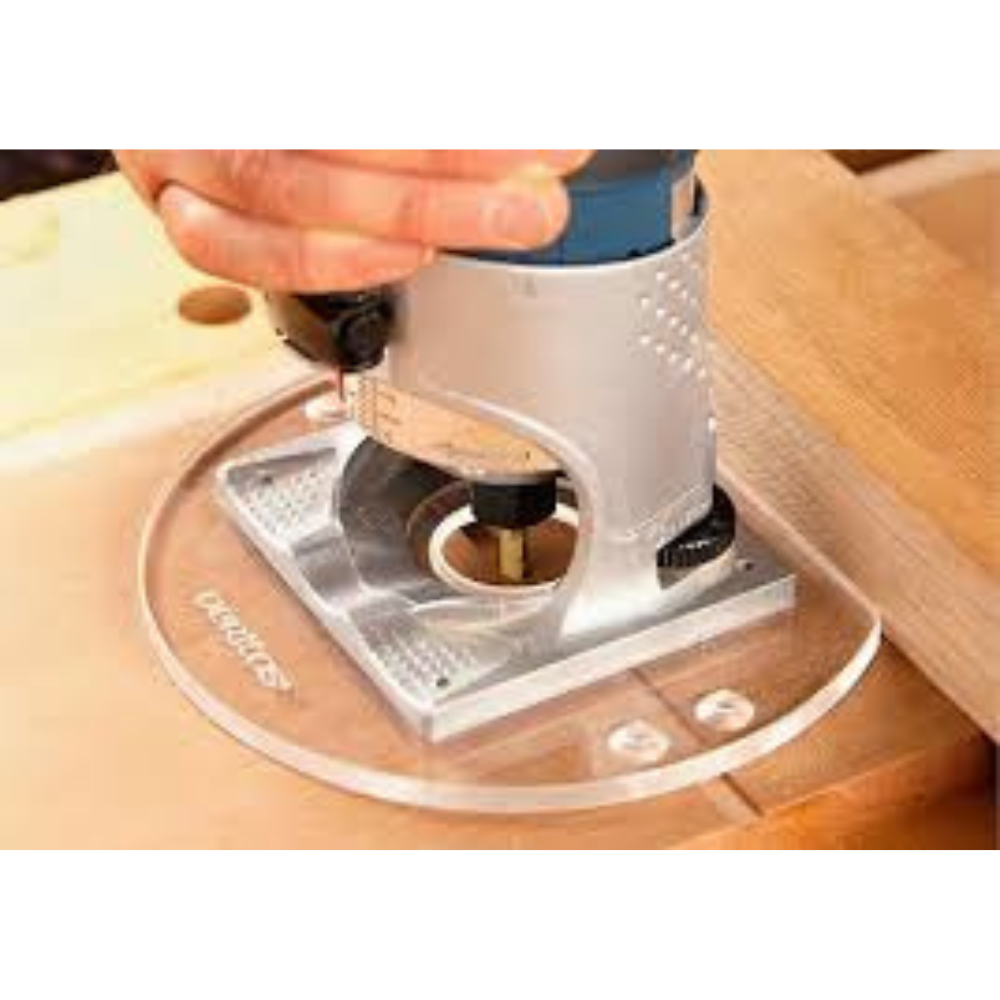
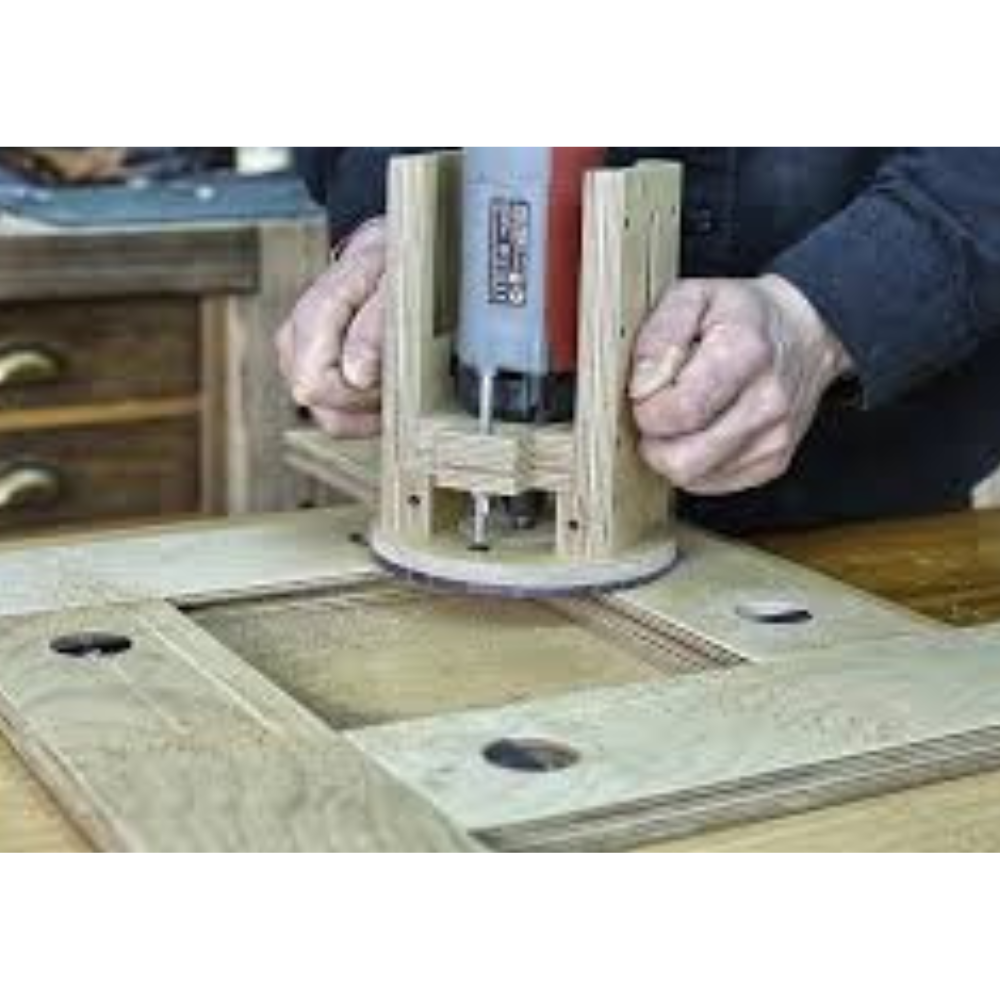
What are Woodworking Router Templates?
A router template is a pattern, typically made from rigid materials like wood, plastic, or metal, that guides a router to cut shapes accurately. By using a template, woodworkers can duplicate specific patterns or designs effortlessly, making them indispensable for anyone looking to achieve professional results in their crafting.
Benefits of Using Templates in Woodworking
Router templates save time and reduce waste by ensuring cuts are uniform and precise. They are invaluable for repetitive tasks, complex designs, and can be a major asset in both simple and advanced woodworking projects. The ability to replicate exact cuts multiple times without error improves both productivity and quality of the finished product.
Types of Templates
- Fixed Templates: These are commonly used for standard shapes like circles and rectangles.
- Adjustable Templates: These templates offer flexibility and can be modified for various projects, making them ideal for custom work.
- Custom Templates: Crafted for specific projects, these are perfect for unique or intricate designs that require precise detailing.
Materials Used in Router Templates
Woodworking router templates are usually made from:
- MDF (Medium Density Fiberboard): Affordable and easy to shape but less durable.
- Phenolic Resin: Offers excellent durability and stability, resisting wear and tear from repeated use.
- Aluminum: Long-lasting and perfect for professional use, aluminum templates are robust and ensure precision.
How to Choose the Right Router Template
When selecting a router template, consider the material, type of projects, and frequency of use. For beginners, MDF might be a good start, whereas professionals might opt for phenolic resin or aluminum for their durability and precision. Also, think about the size and complexity of the projects you plan to undertake.
Essential Tools for Working with Router Templates
To effectively use woodworking router templates, you’ll need:
- A Quality Router: Choose one that fits your template’s guide bushings.
- Sharp Router Bits: Ensure they are suitable for your template material.
- Clamps: To secure the template to the workpiece, preventing any movement during operation.
Setting Up Your Router with a Template
Proper setup is crucial. Attach the template to your workpiece using clamps, ensure your router is set to the correct depth, and that the bits are aligned with the template guides. This preparation helps in achieving the best results possible.
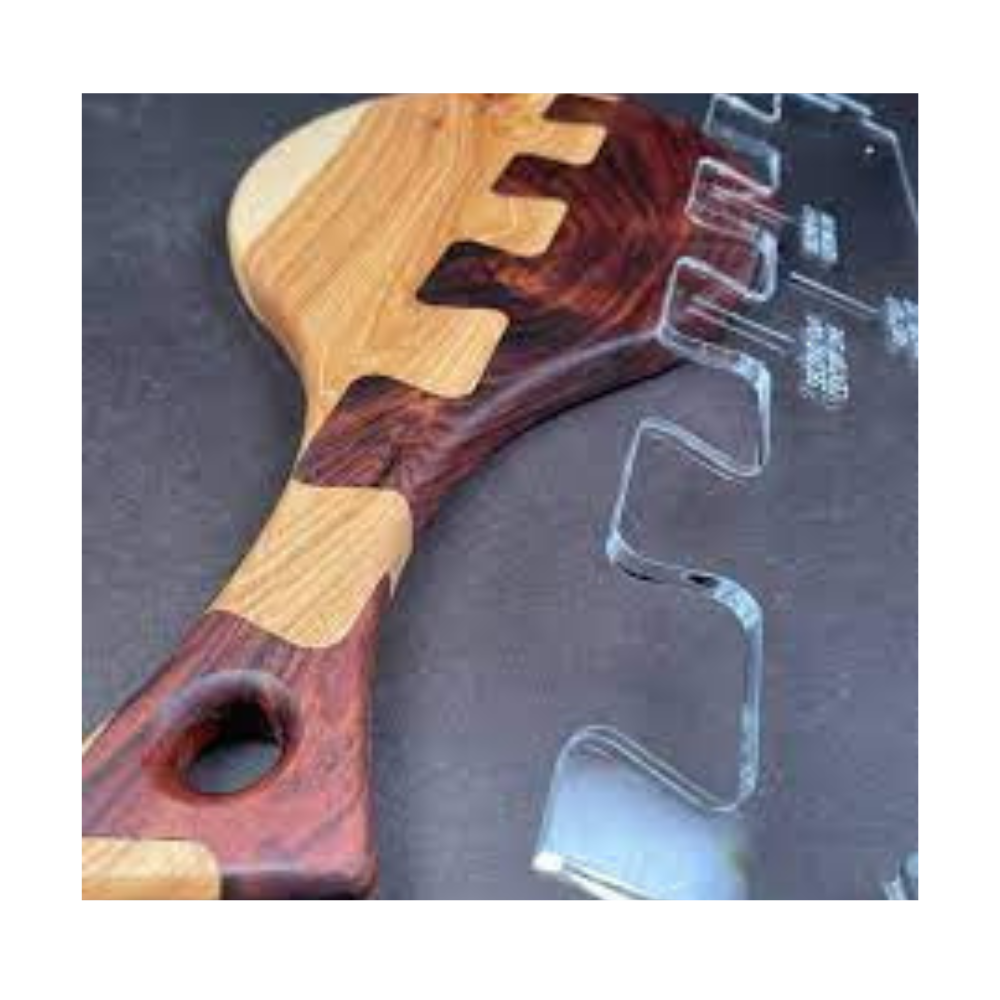
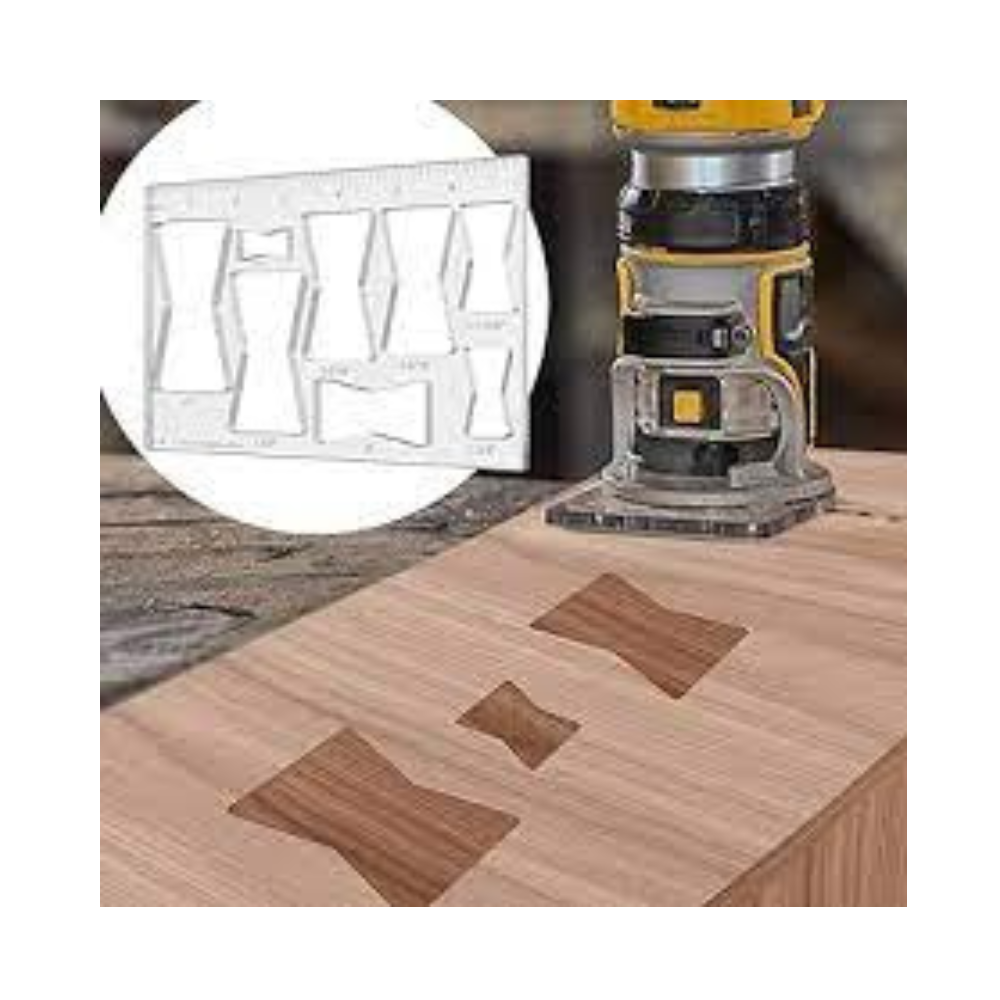
For your “Free” Guide to 13 Wood Joinery Types – Click Here.
Common Mistakes to Avoid When Using Templates
Avoid common pitfalls such as:
- Not securing the template properly: This can lead to inaccurate cuts.
- Using dull bits: This can damage both your template and the workpiece, potentially ruining both.
Tips for Maintaining Your Router Templates
Regular maintenance includes:
- Cleaning: Keep templates dust-free.
- Storage: Store flat to avoid warping.
- Inspection: Check for wear or damage regularly to ensure they remain in top condition.
Advanced Techniques Using Router Templates
For those looking to expand their skills, consider experimenting with:
- Layering Templates: To create more complex designs.
- Combining Different Materials: For unique textural effects, such as integrating wood with metals or plastics to enhance aesthetic appeal and functionality.
Creative Projects Using Router Templates
Explore projects like customized wooden signs, intricate inlays, or even furniture pieces. Router templates open up a world of possibilities for personalization and creativity in woodworking, allowing for the creation of everything from detailed art pieces to functional home decor.
The Impact of Router Templates on Project Efficiency
Using woodworking router templates can drastically reduce the time spent on measuring and cutting, allowing for more focus on creativity and finishing touches. This efficiency not only speeds up the production process but also enhances the overall quality of the projects by reducing errors.
Choosing Between DIY or Commercial Router Templates
While commercial templates offer convenience and precision, creating your own templates can be a fulfilling and customized approach, especially for unique projects not suited to standard templates. Decide based on your project needs and skill level, considering the time investment and potential cost savings.
Summary: The Value of Woodworking Router Templates
Router templates are not just tools; they are your partners in the woodworking process, helping achieve accuracy, efficiency, and creativity. They are a worthy investment for any woodworker looking to elevate their craft, providing the means to replicate intricate designs effortlessly and with great precision.

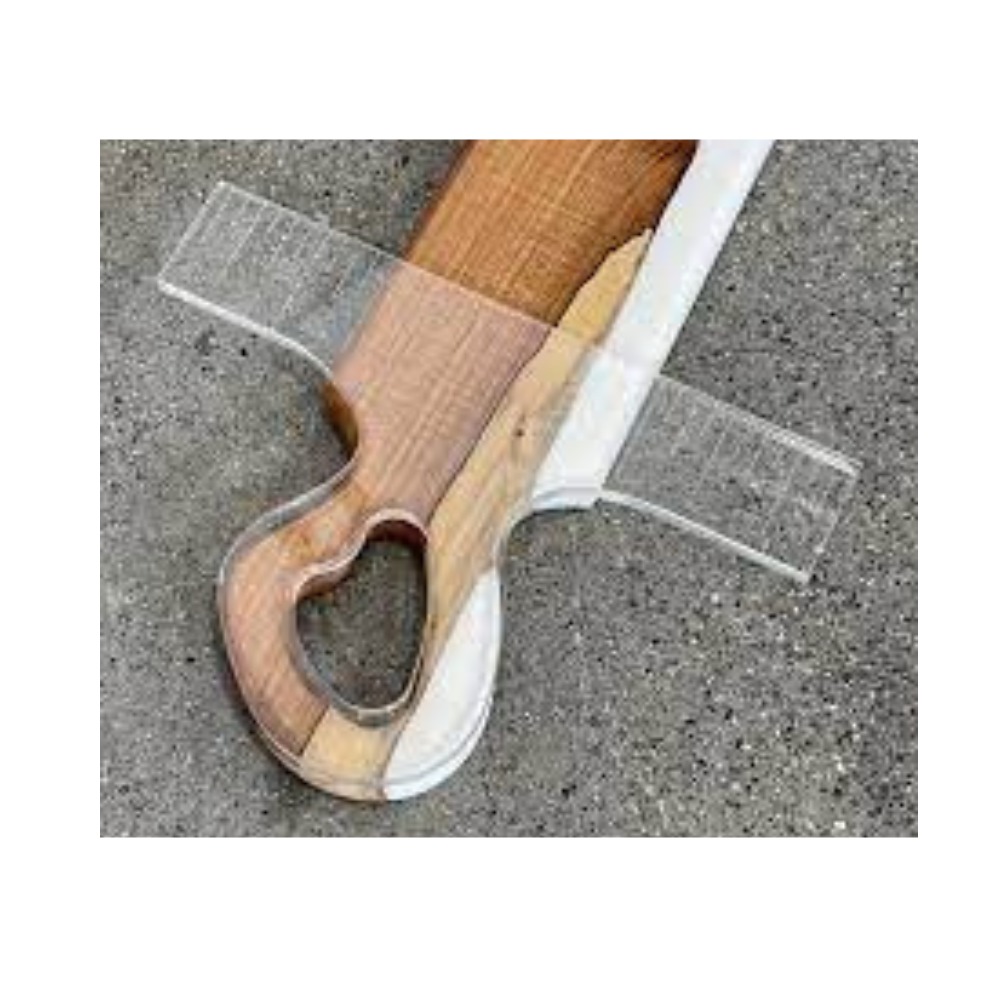
For your “Free” 2 in 1 Folding Picnic Table Bench Plan – Click Here.
FAQs About Woodworking Router Templates
- What is the best material for a beginner to use for a router template? MDF is a great choice for beginners due to its affordability and ease of use.
- Can router templates be reused? Yes, most templates are designed for multiple uses, especially those made from durable materials like phenolic resin or aluminum.
- How do I prevent the router from slipping off the template? Ensure the template is securely clamped and consider using non-slip pads beneath the workpiece.
- What’s the difference between a router template and a jig? A router template guides the cut, while a jig holds the workpiece in place during the cutting process.
- Can I make my own router templates? Absolutely! Creating your own templates can be a cost-effective way to customize your projects to your exact specifications.
By incorporating woodworking router templates into your practice, you’re not just enhancing your ability to produce consistent results; you’re also embracing a tool that expands your creative potential. Whether you choose to buy or build your own templates, the benefits they bring to your woodworking endeavors are undeniable, revolutionizing the way you approach your craft.
